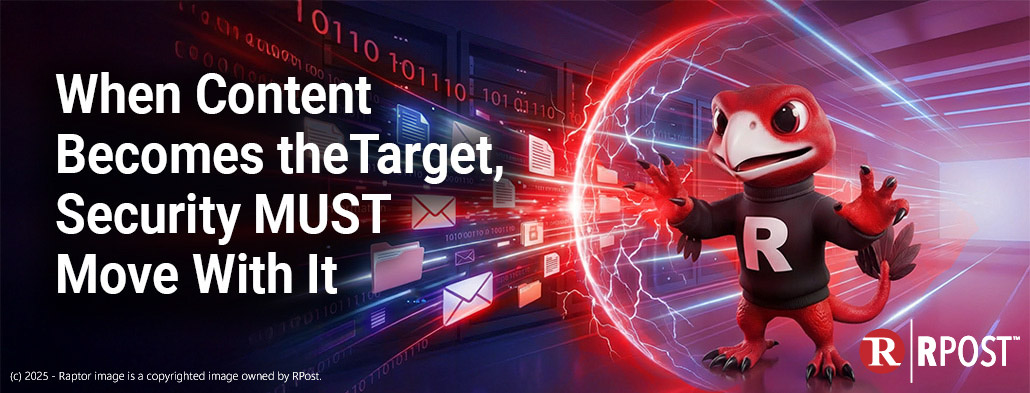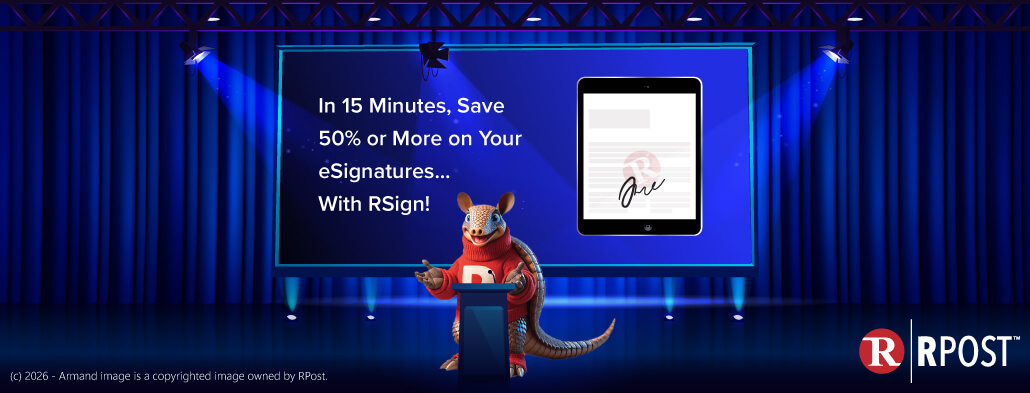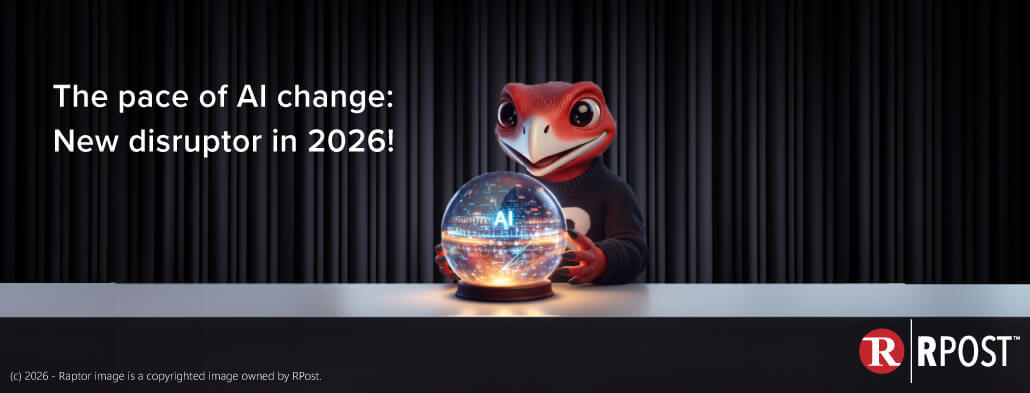
Ransomware has become such a hot topic with a seemingly new case every day that we thought we would pick up where we left off last week…
The earliest examples of ransomware (i.e., people hacking into computers, encrypting files and demanding payment in return for decryption) was relatively small potatoes—a hundred dollars here or there in fairly isolated and localized incidents. It used to be your friend’s geeky roommate would be pulling off these attacks less as a scheme and more of a ‘look-what-I-can-do’ trick.
Obviously now, ransomware attacks have grown into state-sponsored shake-down enterprises with criminals launching attacks at scale with bigger ransoms allowing criminals to buy more sophisticated equipment (and personnel), which in turn allows for more brazen attacks.
One of the bigger catalysts in the rise of ransomware attacks has been the rise of cryptocurrencies, which provide an all-too convenient form of payment that is stateless and difficult to trace. Chainalysis, a company that examines “blockchain” databases that power cryptocurrencies, estimates that hackers took around $350m in cryptocurrency payments in 2020, up 400% from the year before. The quiet truth: the number is likely ten-fold.
Know more
The Economist noted in its weekly magazine recently that that The Royal United Services Institute, a think-tank, analyzed 1,200 ransomware attacks which mostly took place in 2020 and came up with some chilling findings: 60% of ransomware victims were based in the US (or had US HQs). They also noted that the cyber-security industry at large looks increasingly ineffective; while spending on anti-virus software is up nearly 70% since 2020, these cyberattacks continue to increase in frequency and severity and use more sophisticated socially engineered (i.e., preying on common human behavior) points of entry that normal anti-virus and anti-spam systems cannot detect. And, as these hackers earn more money, they spend it on studying behavior of us hacker prey and adapting their approach in smarter ways.
The good news for RPost customers is both organizational and product based: Our company has the advantage of being singularly focused on e-security technology, which makes it easier to bring cutting-edge new RMail features to market like these. These features add layers of protection from human error that is often what these ransomware hackers home in on in order to learn about their targets and to gain access to critical systems.
To add layers of protection, take a look at what’s new and cool at RPost in terms of e-security (click here to watch a short video clipping of RPost’s VP of Products at our annual user conference).
Also, and as mentioned in our previous blog, there is something to be said for ‘security by obscurity’ where, by keeping your sensitive, financial, and cyber-insurance policy premiums private, you are perceived to be a less profitable target (for those that operate private companies).
And the bad news for ransomware attackers is that we will continue to innovate and bring features like this to market to keep up with (and get ahead of) an increasingly selective and skilled set of cyber criminals. It’s just another way we try harder—and SMARTer—for the people who trust us every day to ensure that their businesses can run free from cybercriminal attacks.

January 16, 2026

January 09, 2026

January 05, 2026

December 26, 2025

December 19, 2025